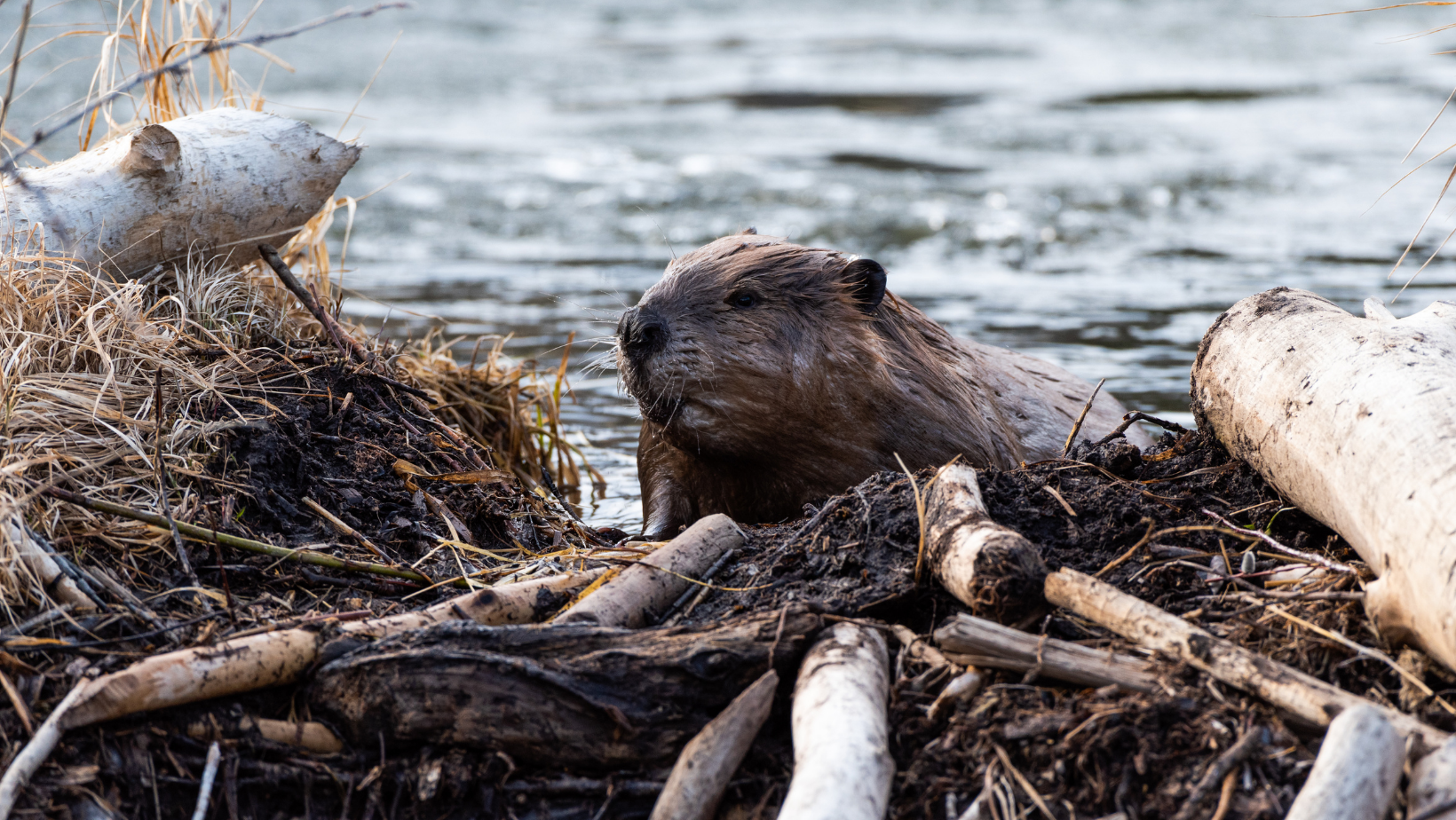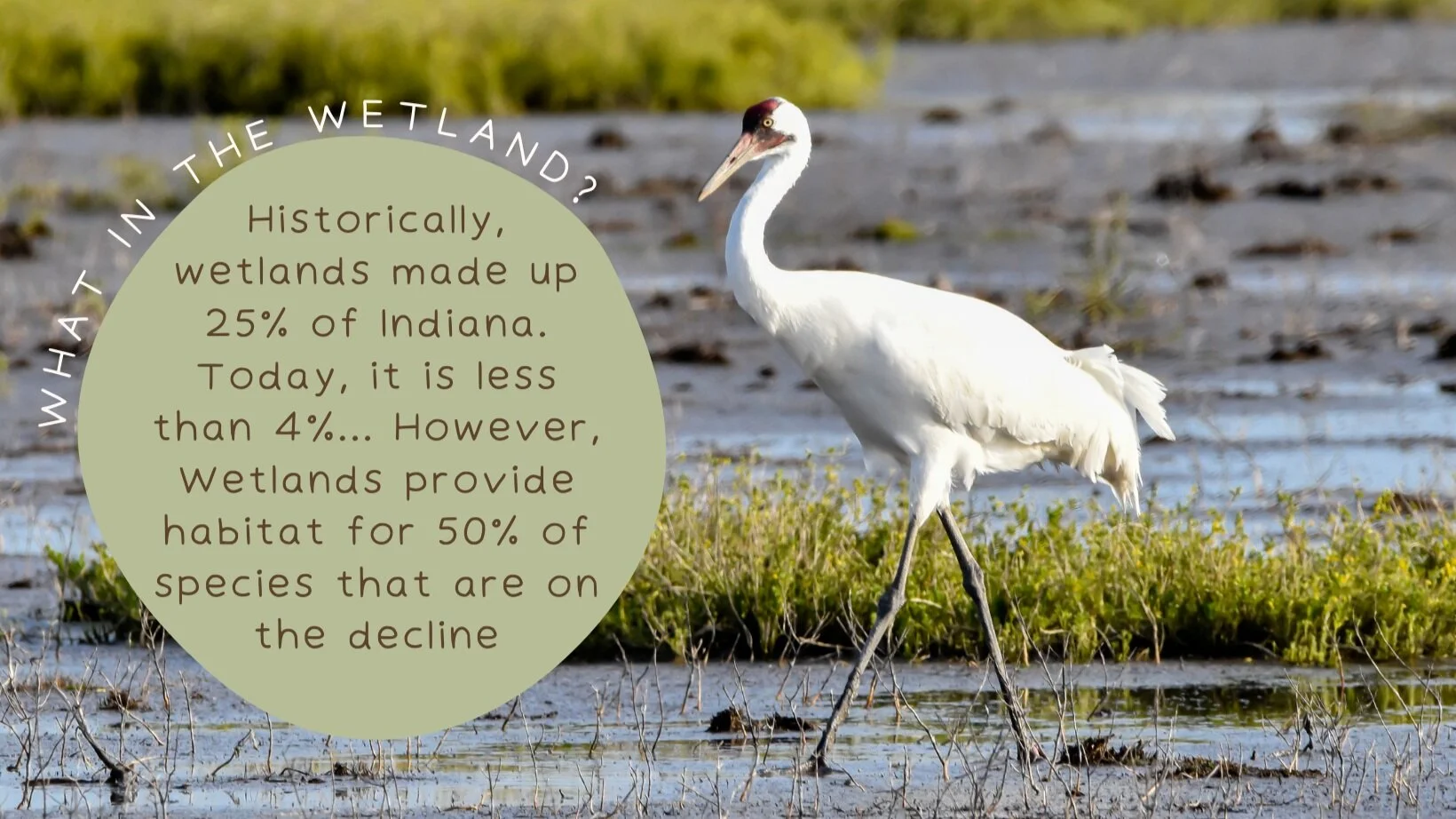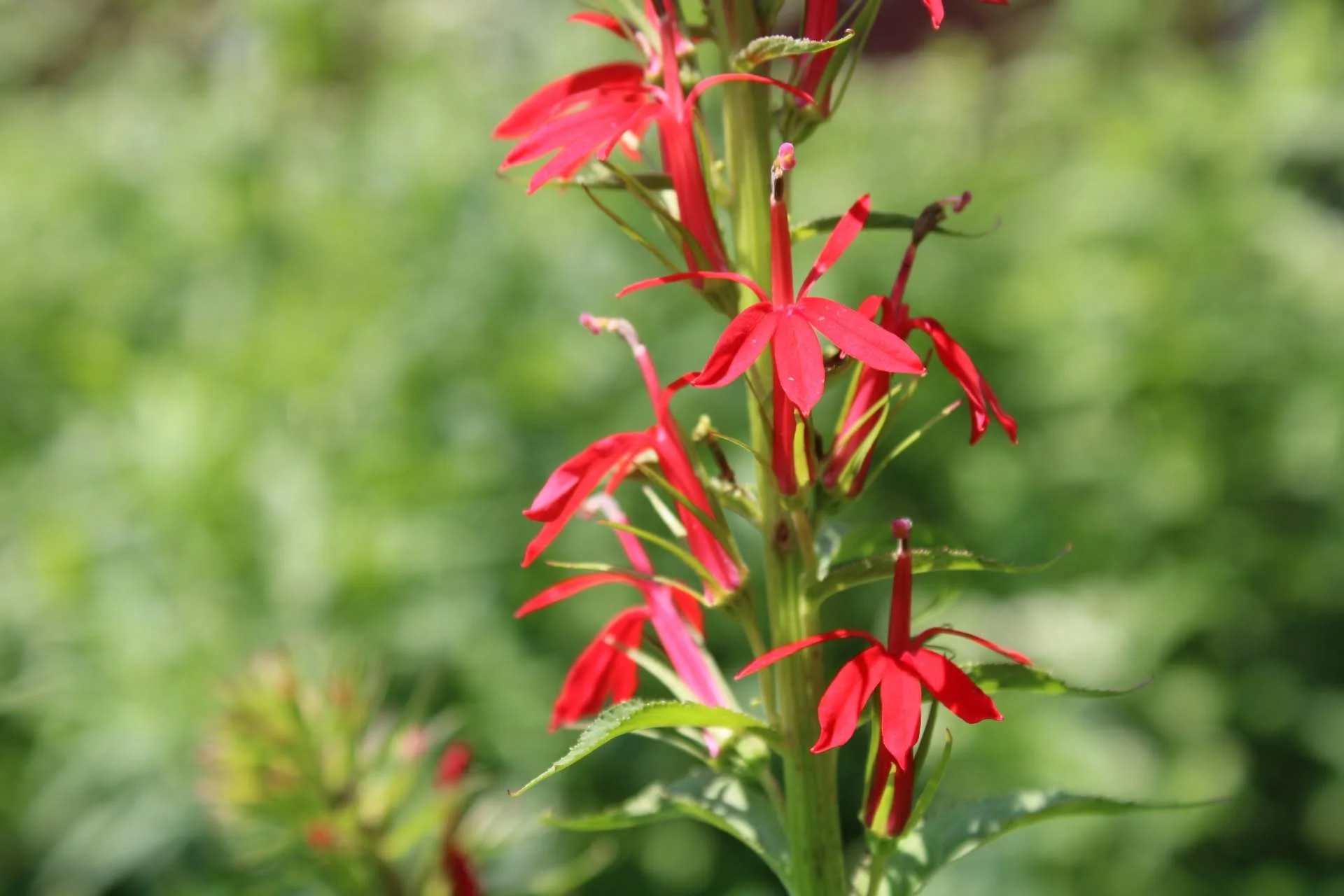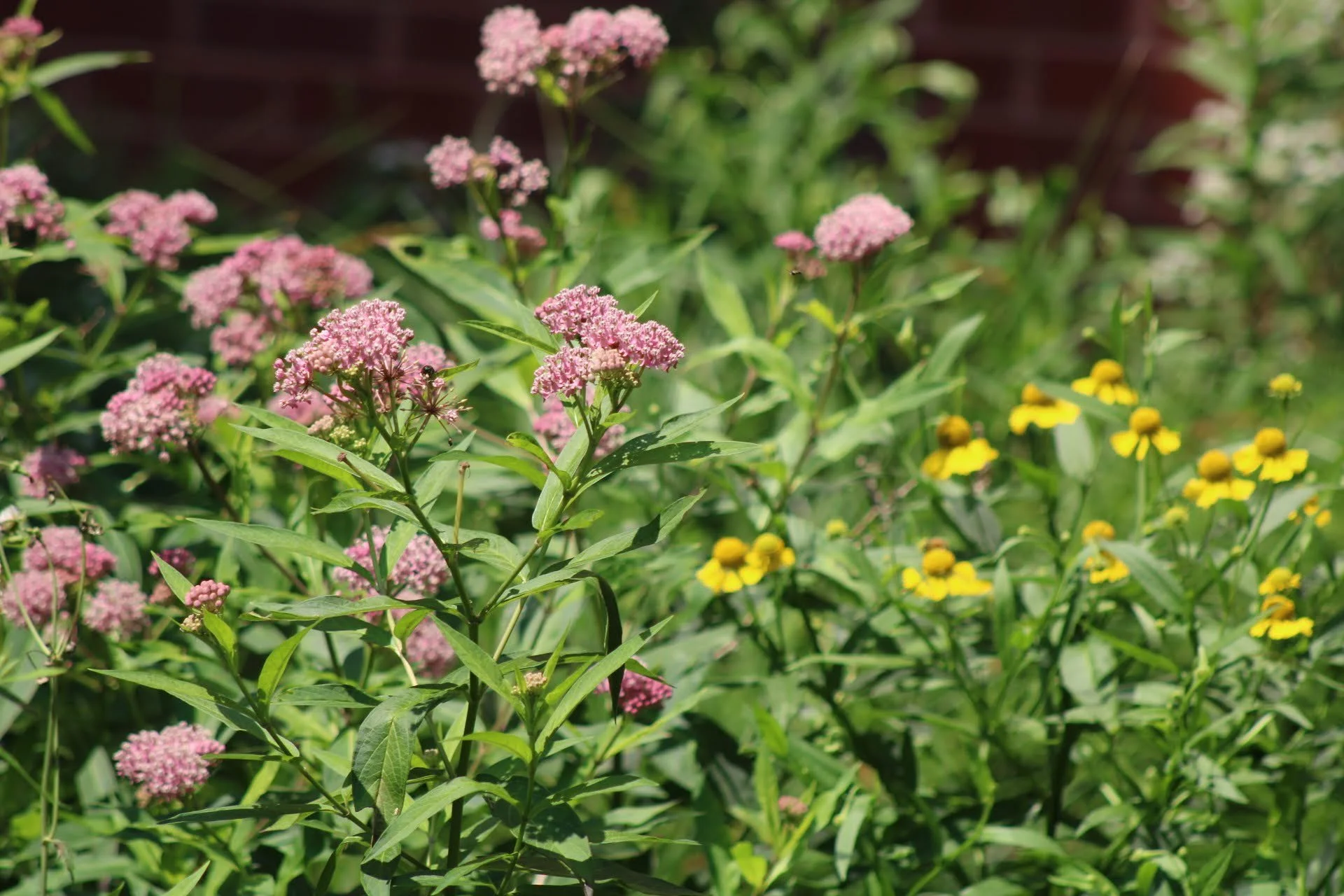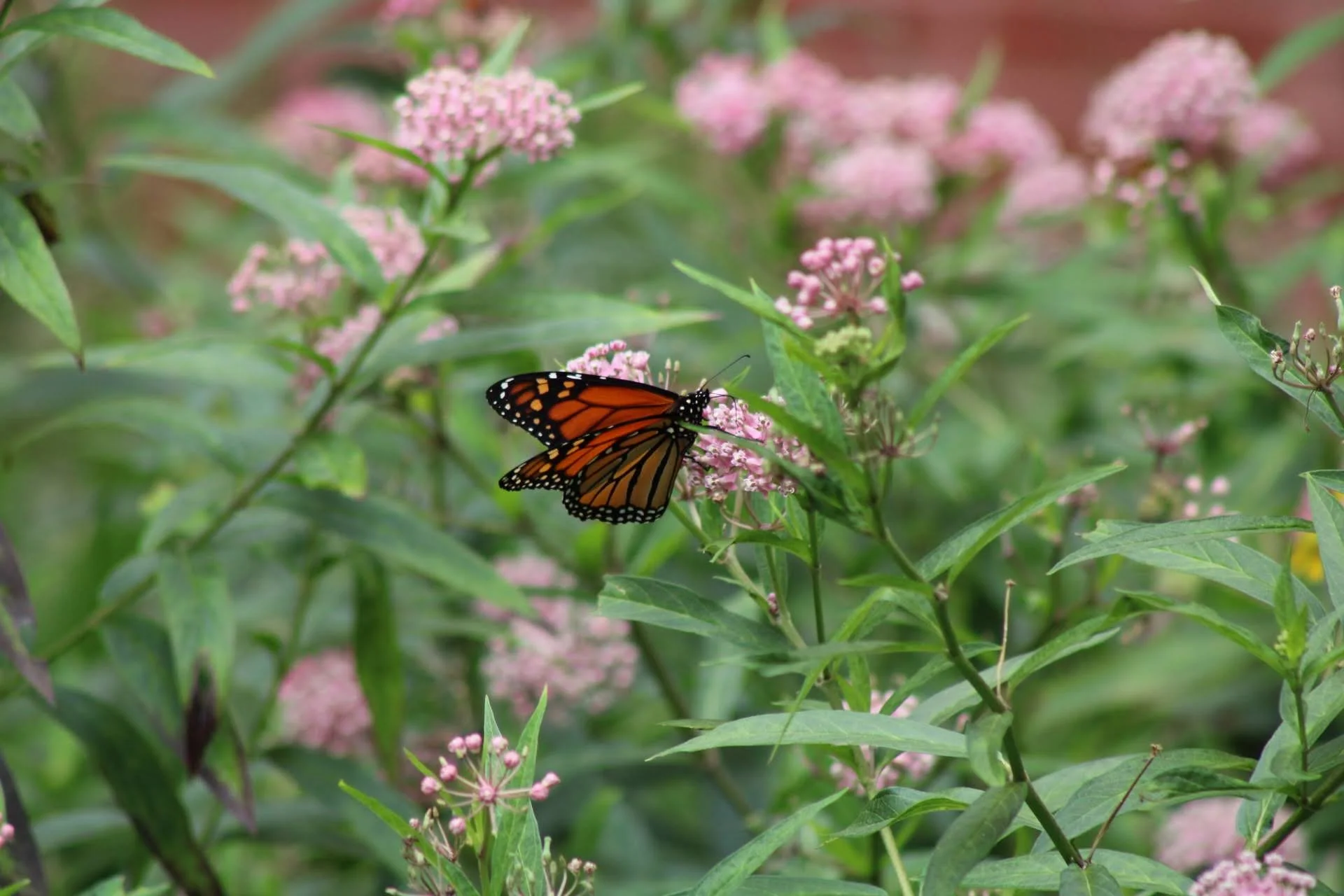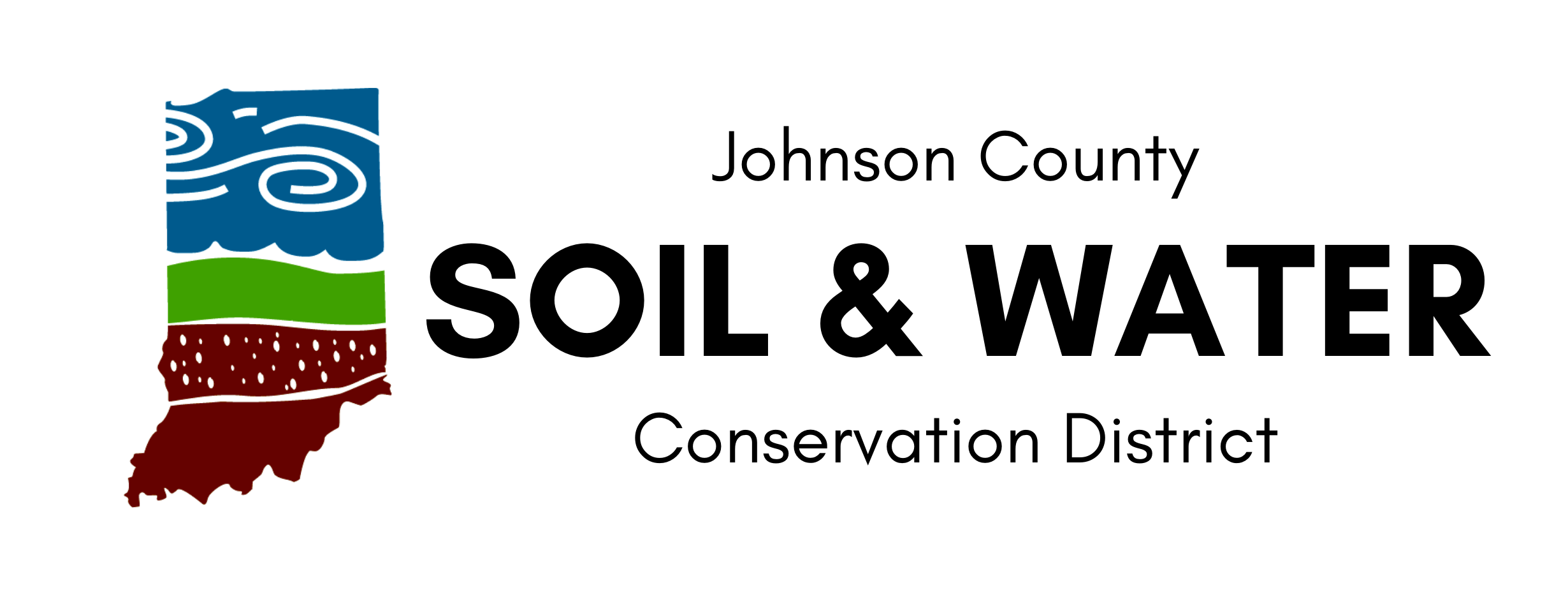Welcome to the Franklin College Science Center!
This library focuses on the importance of wetlands for Indiana’s native wildlife because wetlands are way more than bugs and mud…
Say hello to North America’s largest rodent, the beaver. This animal is often thought of as the architect of wetlands due to their ability to dam pretty much any creek or river if they set their mind to it. And while yes, that can create some chaos, we choose to look at it as creating habitat. Click on the image to learn more about nature’s engineers!
Wetlands are areas that have standing water seasonally during the growing season or year round. There are 3 indicators of wetlands…
Soils: The area should have a bunch of decaying material and the soil should be a bluish-gray color to be considered a wetland. Basically, if the soil is really stinky (like rotten eggs) then you’ve probably found a wetland
Water: If standing water is present during the growing season or if there are waterlines on the trees that can be evidence that the area is a wetland
Vegetation: Now, this is why we are all here right? If a plant, shrub, or tree that likes it’s feet (or roots) wet is present then you almost certainly have a wetland. These plants usually have things in common like shallow root systems or swollen trunks
Now say hello to the Whooping Crane! There are only 826 individuals remaining in the world and 80 of those individuals that travel through Indiana to rest at our wetlands during their migration. Click on the image to learn how to give a whoop, as our friends at the International Crane Foundation would say, about these endangered birds!
Rest Stops for Migratory Birds
Indiana is apart of the Mississippi Flyway that migratory birds use to travel south during the winter and north during the warmer months. Our wetlands provide 325 different bird species with rest stops. You know like when you are on a road trip and really need some snacks? The same goes for migratory birds when they need food, water, and shelter during their travels
Wildlife Habitat
Wetlands provide essential habitat for our native wildlife. Ten one-acre wetlands support 3x as many breeding ducks as one ten-acre pond. Also, the state endangered crawfish frog breed in wetlands and can produce 2,300 young crawfish frogs over two years in a 1/3 acre wetland. In case you didn’t catch that, IT’S 2,300 FROGS and that’s a lot of frogs
Prevent Flooding
Wetlands, and specifically their soil, act like massive sponges to help soak up and store water after super rainy days or weeks. This is Indiana after all and you know Indiana weather, the less flooding the better
Pollution Filtering
Did you know that soil is the number 1 pollutant to our lakes, streams, and rivers? Wetlands slow down water runoff and allow the soil swept away from large rain events to settle in the wetland instead of being muddy and mucky in our rivers and fast moving bodies of water. This means we have cleaner and clearer water in bodies of water. Thanks wetlands!
Scroll through the gallery below to see the species at the Science Center!
Click on photos and USDA Fact Sheet links to learn more about the species!
Need Identification Help? Want to Show Us What is Blooming?
Native Seeds in the Library
Both New England Aster & Sneezeweed are guaranteed to attract native bumblebees, butterflies, and other pollinators! Click on the images & USDA Fact Sheet links to learn more about these summer blooming species to see if they can find a home on your own property!
A big thank you to Nicole Marshall from Waypoints Designs for completing all of the artwork on the libraries throughout the trail! Click on the button below to learn more!


